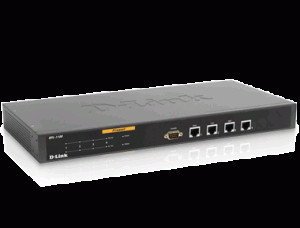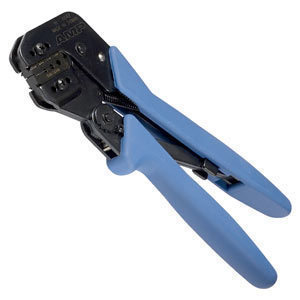Rackmount Router Dimensions
A router is a very important electronic device, which is primarily  used to connect a couple or more computers to each other. Likewise, it can also work for other electronic devices, especially those with Wi-Fi capabilities. The connection is usually done through radio signals or by wire. Available in various sizes and forms, one of the most popular versions can fit right inside a 19-inch rack or a rackmount. In addition to these interesting facts, it is also interesting to find out something about the rackmount router dimensions.
used to connect a couple or more computers to each other. Likewise, it can also work for other electronic devices, especially those with Wi-Fi capabilities. The connection is usually done through radio signals or by wire. Available in various sizes and forms, one of the most popular versions can fit right inside a 19-inch rack or a rackmount. In addition to these interesting facts, it is also interesting to find out something about the rackmount router dimensions.
The Dimensions of a Rackmount Router
Before you can compute the actual size of the router designed for a specific rackmount, it is important to know that each rack unit (U) is equivalent to 44.45 millimeters or 1.75 inches. Generally, the size of the router must be smaller by .79 millimeter or .031 inch compared to the designated rack unit. For instance, a router designated for a 1U rackmount must measure only 43.7 millimeters or 1.72 inches tall, which is .79 millimeter or .031 inch smaller than the standard 44.45 millimeters or 1.75 inches.
Today, the widely use standard for rackmount routers is 482.6 millimeters or 19 inches. In order for a router to fit inside the rackmount, its size must be at most .79 millimeter or .031 inch smaller. It means that rackmount routers are no bigger than 481.81 millimeters or 18.97 inches.
Additional Facts and Other Interesting Details
A standard router can operate in two different ways, namely through the forwarding plane and the control plane. This device performs a number of different functions. First, it provides connectivity inside ISPs or internet service providers. Likewise, it also connects businesses to the internet.
For big businesses, the appropriate kind of device must be a Border Gateway Protocol or BGP-speaking routers. This specific type of router is available in various forms like the core router, the inter-provider border router and the subscriber edge router. Aside from these devices, there is also the edge router, which is commonly positioned at the edge of an internet service provider network.
For small homes and offices, the recommended type of router is called a residential gateway or simply a router. The purpose of this is to connect computer users to a broadband service like the DSL or the IP over cable. For large businesses, the enterprise router is the preferred choice, specifically the three-layer model.
The ARPANET, which stands for the Advanced Research Projects Agency Network, became the very first packet switching network ever designed some time in 1972. It performed the very same functions as modern-day routers. After that, Xerox routers were launched in the early parts of 1974. In 1975, Virginia Strazisar developed the very first true Internet protocol router for the research and development company called BBN Technologies.





